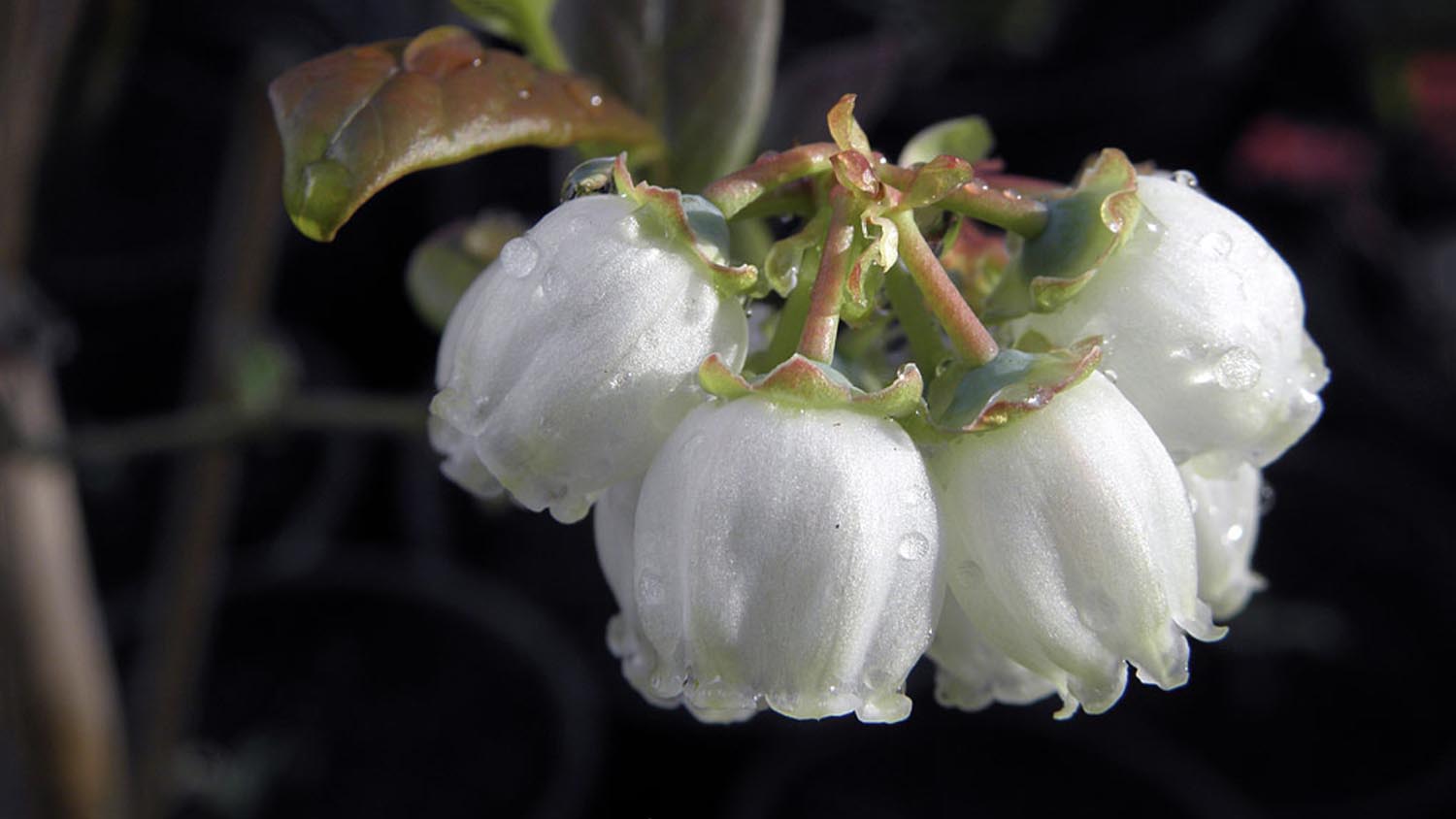School, local officials celebrate partnership to clean up impaired creek
Hoping to inspire changes that result in less rain down the drain, North Carolina State University, the town of Cary and the Black Creek Watershed Association recently dedicated new rain gardens at West Cary Middle School.
The Sept. 10 event brought out a state house representative, town and school officials, students and teachers, and even National Geographic Emerging Explorer Alexandra Cousteau, granddaughter of the legendary deep-sea explorer Jacques Cousteau. Cousteau took part in a ribbon cutting as part of her 14,500-mile journey to draw attention to global water issues that start in North America’s backyards.
The local rain gardens and the “Less Rain Down the Drain” campaign that the ceremony kicked off are designed to help restore Black Creek, a polluted stream that flows into Lake Crabtree and, from there, into Crabtree Creek and the Neuse River. The creek watershed covers 3-square miles in a highly developed area that encompasses the popular Black Creek Greenway.
With assistance from North Carolina Cooperative Extension’s Watershed Education Watershed Education for Communities and Officials (WECO) program and the Town of Cary, the local watershed association has secured grants from the U.S. Environmental Protection Agency and the N.C. Clean Water Management Trust Fund to fund the cleanup.
The school rain gardens serve to slow down the rush of stormwater running from the school rooftop and its parking lot into the creek, said Christy Perrin, WECO director and a resident of the watershed. Earlier research on the creek had found that too much stormwater rushing too quickly into the creek was eroding the stream bank and washing away aquatic animals, she said.
Members of the Cary Rotary Club and Black Creek Watershed Association planted the two gardens. N.C. State University’s Anne Spafford, an assistant professor of horticultural science, selected the plants, and Kris Bass, a water-quality associate with the Department of Biological and Agricultural Engineering, designed the gardens.
Bass described a rain garden as “a highly engineered piece of green infrastructure” that holds stormwater for two to three days after a hard rain. The school gardens consist of a series of landscaped areas within a 3-foot-deep depression filled with a special soil mixture. Below the soil are drain pipes leading to the creek.
The structure not only filters out contaminants, it also reduces the amount of water rushing into the creek, Bass said.
School Principal Wanda Coles and Vice Principal Jason Ramirez expressed their appreciation for the project, noting that the gardens will serve not just to improve water quality but also as another classroom – a learning resource for science students and others. School teachers were involved in planning the rain gardens, Perrin said, and plan to incorporate them into their curricula.
Perrin hopes that the rain gardens will be the start of watershed-wide educational efforts to help students and homeowners understand what they can do and participate in “making the environment a cleaner place.”
-Dee Shore
More info: Cousteau’s Blue Legacy Expedition Blog
- Categories:


